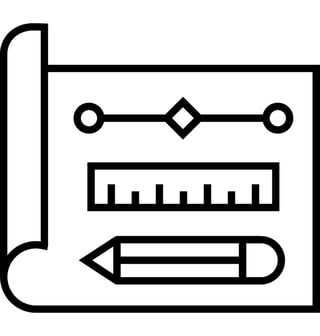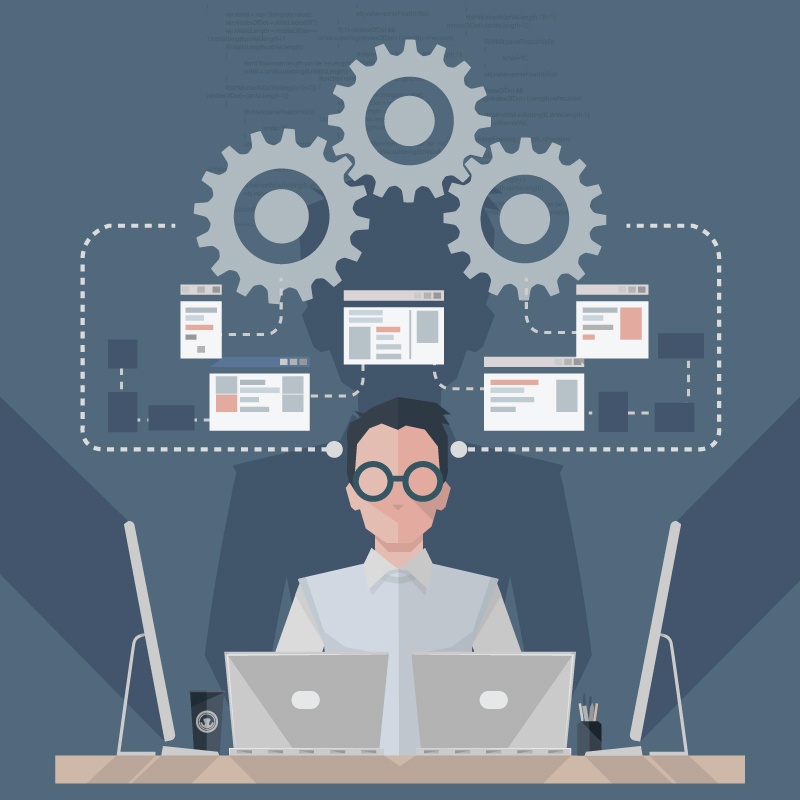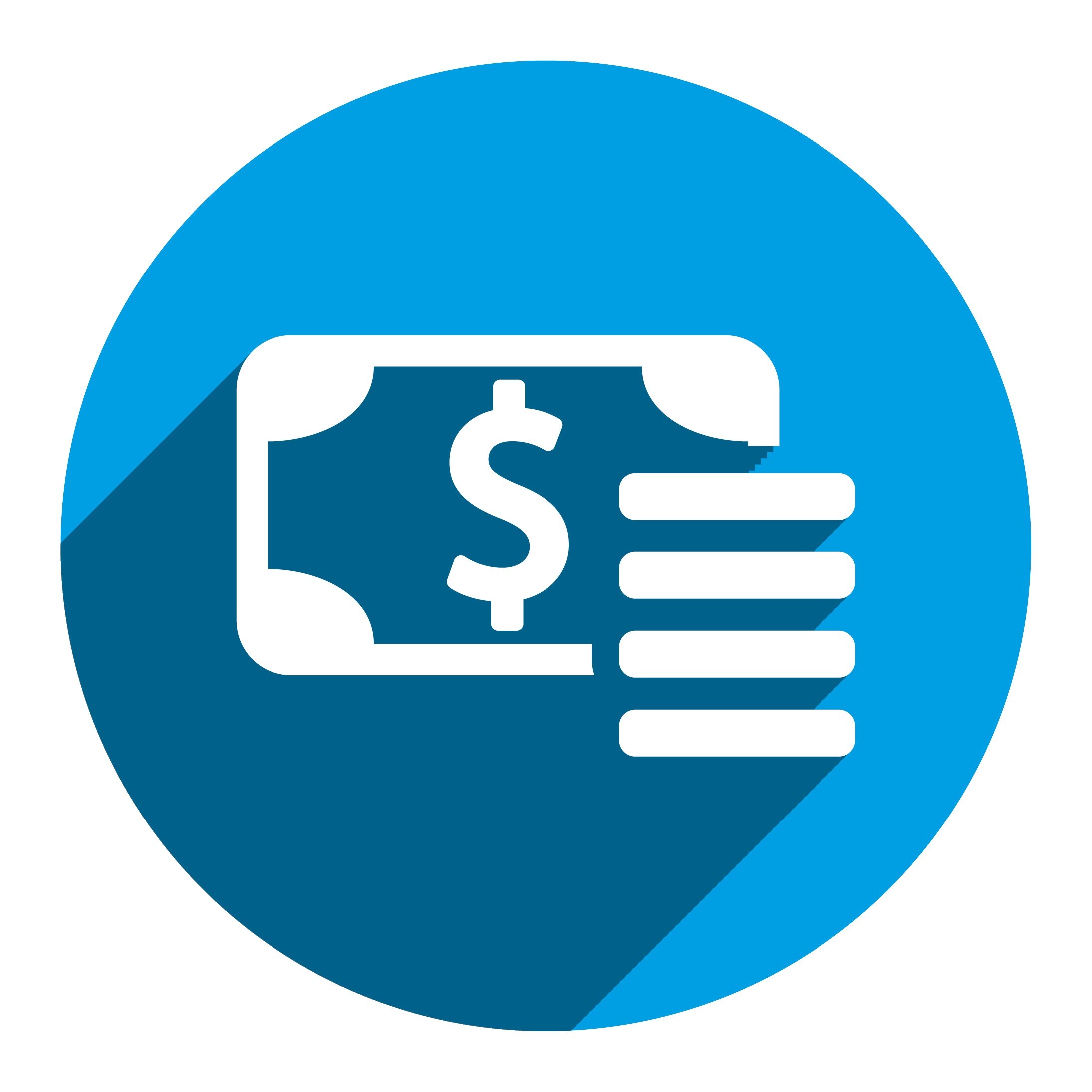 At AndPlus, we are firm believers in building a minimum viable product (MVP). One of the best ways to make sure your contract software developer is going in the right direction with your project is to see an early prototype—the earlier the better. A thoroughly documented requirements specification is important in end-to-end development, but it’s all rather abstract and conceptual until you can see something on-screen.
At AndPlus, we are firm believers in building a minimum viable product (MVP). One of the best ways to make sure your contract software developer is going in the right direction with your project is to see an early prototype—the earlier the better. A thoroughly documented requirements specification is important in end-to-end development, but it’s all rather abstract and conceptual until you can see something on-screen.
Rapid Prototyping
Rapid prototyping, as the name implies, is the idea that a prototype should have the ability to be designed, reviewed, and updated quickly and easily. Building out this MVP means you only implement a basic set of key features are determined by the product owner and developer.
It was only a few years ago that the best tools available for this type of prototyping was paper, pencil, and scissors. Now, however, developers and user interface designers have sophisticated prototyping (or wireframing, as it’s sometimes called) software, which enables them to show a user interface that is quite close to what it would look like in the actual application, complete with clickable buttons and other controls. Best of all, the prototype can be modified on the fly during a review session.
Here are some advantages of rapid prototyping:
- You can identify and clear up any misconceptions or ambiguities in your requirements.
- Design changes can be implemented in the prototype quickly and iteratively. The time to make design changes is before actual coding has begun—it’s much more expensive to do it later in the development cycle.
- You can easily walk through the user journeys and make sure they have been captured correctly and communicated effectively. This is also a good time to identify any user journeys that were overlooked during the initial discovery discussions.
- Usability issues can be identified and corrected before they are coded.
- For web applications, you can see how the software will look in multiple platforms, such as desktop computers, laptops, and smartphones.
There are some limitations to prototyping that you should keep in mind:
- Prototyping can show you the look and feel of the application, but because there is no computational logic or calculation involved, you cannot always evaluate the performance or accuracy of the software.
- Some functionality is difficult or impossible to simulate in a prototype. In some cases, you will have to make educated guesses.
- Prototyping involves some effort, so there will be billable hours involved. The more detail you want to see, the more effort it will take to prototype.
Prototyping can mean the difference between getting what you want in your application and wondering if the developers actually read your requirements. When shopping for a contract software developer, be sure to ask about prototyping. If you get blank stares or quizzical looks, move on.
















